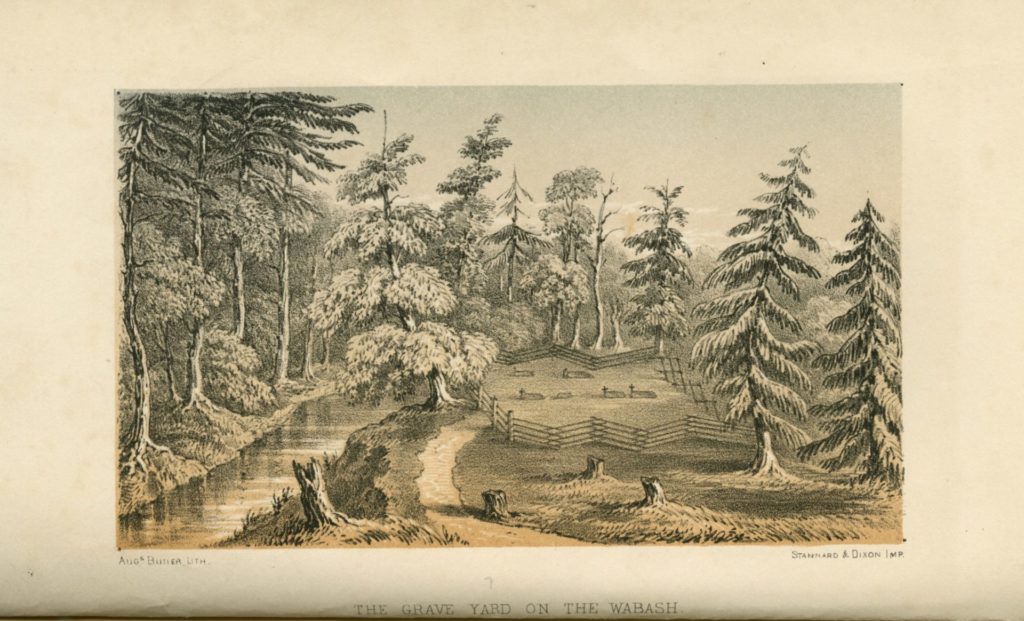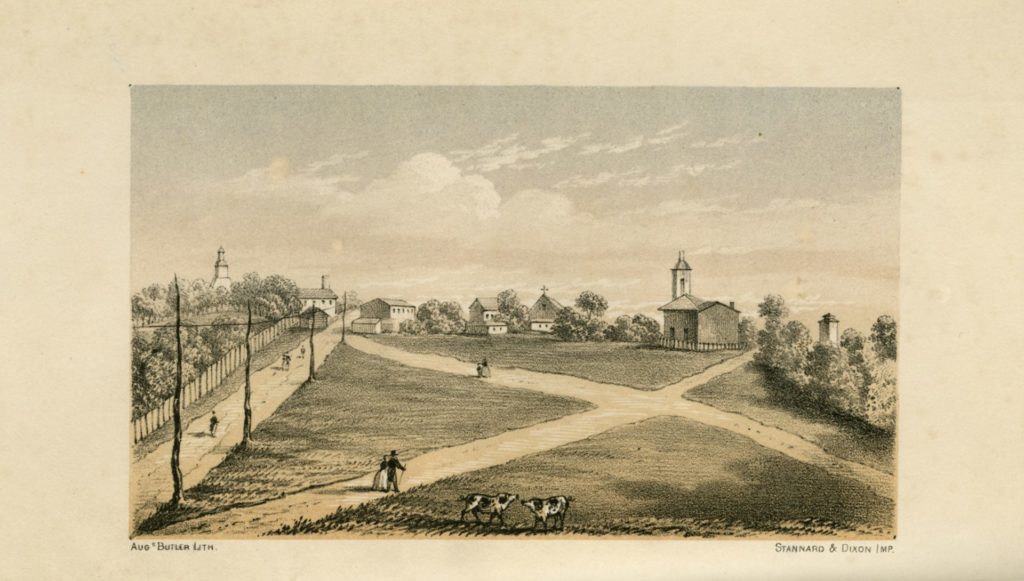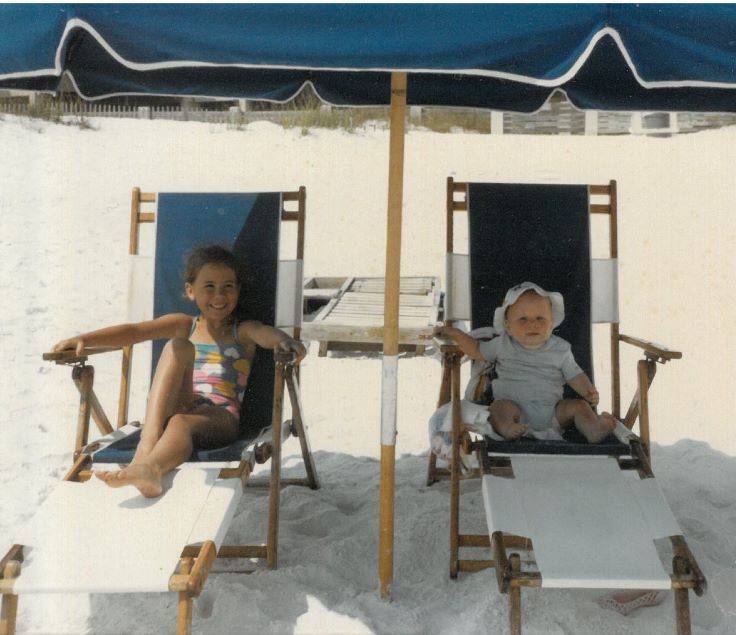
Purchase Tickets
From the Cataloger’s Desk: Not Your Average Family Vacation
November 11, 2020

Many of us have experienced the joy of taking a family vacation. When I was young, my father, mother, brother and I took yearly road trips to the Florida panhandle to visit my grandparents during Spring Break. The twelve-hour car journey was never ideal, but we made the most of our time together. We listened to golden oldies on the radio, played classic games like “I spy …” and “Geography,” admired the ever-changing landscape from state to state, and had meaningful conversations along the way. As much fun as we had, there were challenges, too – mostly for my parents. Mom had to make sure my brother and I were packed and organized. Dad had to figure out a way to get all our luggage and toys into the trunk of the car. (To this day, his talent for packing a car is unrivaled!) He also had to drive the entire way, because Mom suffered from a severe phobia of driving on highways and over bridges. Add in bathroom breaks, car sickness, occasional bickering and two impatient children constantly asking, “How much longer?” or, “Are we there yet?” Well, I can understand why some families find it easier to plan a staycation!
I have been reflecting on these Florida road trips and other family vacations since cataloging J. Richard Beste’s two-volume narrative: The Wabash: or, Adventures of an English gentleman’s family in the interior of America. In the early 1850s, the author, his wife, eleven (yes, eleven!) of their children, and a menagerie of pets, including a dog, parrot, dormouse, and six canary birds, embarked on a journey of epic proportions across the Atlantic Ocean and into the “Far West of North America.” Mr. Beste’s account of their experiences offers a fascinating glimpse into travel conditions, family dynamics and cultural differences in the mid-nineteenth century. It also paints a one-of-a-kind, detailed portrait of America, and more specifically, Indiana at that time.

“The Grave Yard on the Wabash.” Frontispiece of The Wabash: or, Adventures of an English gentleman’s family in the interior of America, volume 1.
Mr. Beste describes his family as “English country gentry.” He had six sons and six daughters, ages two to nineteen. The eldest son was unable to join the group due to business commitments in England. The author provides the following explanation for his family’s expedition: “It was for those boys, that we were about to undertake the voyage to America. From the time of the birth of my second son, I had determined that emigration to the back woods would be the happiest lot for all of them during my life; for all, but the eldest, after me … and we would now take an opportunity of visiting the country with them and of becoming acquainted with their future home, while our daughters were not old enough to require our residence elsewhere.”
The chapter and contents listings for each volume offer a detailed outline for the reader. Most of the Indiana-related material is contained in the second volume, with chapter titles such as “Terre Haute,” “The Prairie Hotel,” “Society on the Wabash,” “Life in Indiana” and “The Wabash Canal.” While Mr. Beste is credited as the main author, he explains that some passages were extracted from the written records of his children. Therefore, the reader is treated to multiple perspectives throughout. As he states: “My endeavour has been to represent, in these pages, what we saw and felt: consequently, they must contain much that is personal; much that is light, frivolous, anecdotical; much, also, that is dark and sorrowing; for such was the course of our travels. Like the Swiss family Robinson Crusoes, we stand before the reader – mysteriously driven forth to wander and to live, for a few months, in a character as new to ourselves as our real position is unsuspected by those amongst whom we travel.”

“Terre Haute from Prairie House.” Frontispiece of The Wabash: or, Adventures of an English gentleman’s family in the interior of America, volume 2.
I am eager to read the entire account of the Beste Family’s adventures. In fact, I might even purchase a more recent edition of the two-volume set for my own collection. I checked, and prices on Amazon are fairly reasonable! I am also interested in researching members of the family a little further, especially the children. Did any of the Beste boys end up emigrating? If so, where did they settle? What about the Beste girls? Did any of the children embark on other exciting, far away adventures? If so, where? My curiosity has definitely been piqued!
One thing is certain: there is no comparison between the Bormans’ yearly trips to Florida and the Bestes’ once-in-a-lifetime journey to America. The former was a family of four who spent one day traveling by car to enjoy a relaxing week with Nanny and Poppie on the beautiful beaches of Destin. The latter was a family of thirteen (plus pets!) who traveled by ship, rail and wagon over the course of many months to explore places that were completely unknown to them. Talk about apples and oranges! Regardless, both the Bormans and Bestes were blessed to have the opportunity to travel, as well as the chance to spend so much meaningful time together.

My brother, Grant, and I relaxing on the beach during one of our yearly trips to Florida, ca. 1986. I doubt the Beste children enjoyed such peaceful moments on their journey!
The catalog record for The Wabash: or, Adventures of an English gentleman’s family in the interior of America can be found here.









